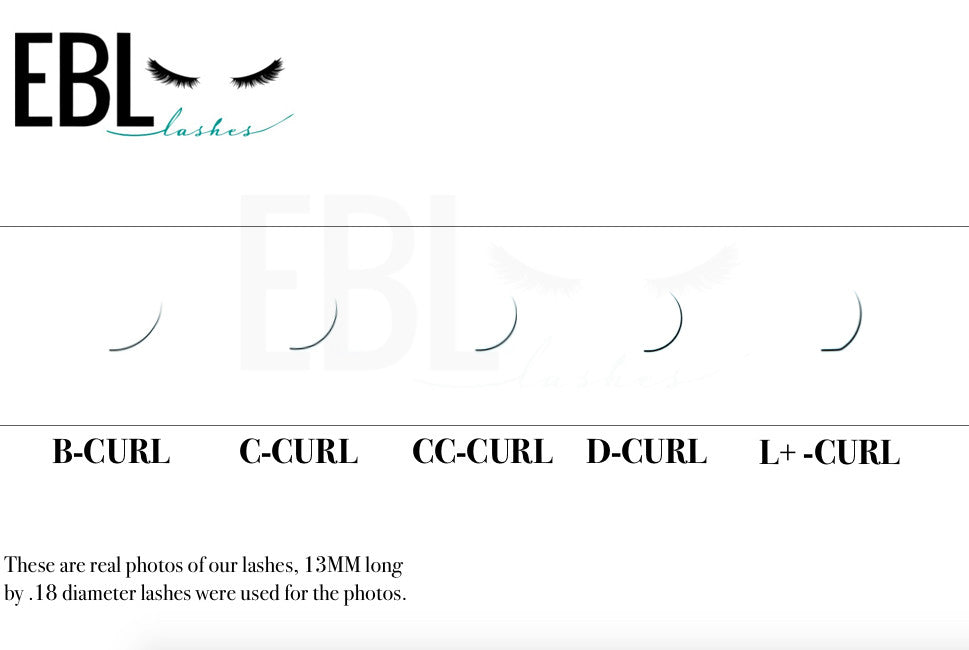

To style this curl type, use products like mousse and styling creams while hair is still wet. This type is marked by tight corkscrew curls and voluminous hair (thanks to the curls’ closeness to one another). The last type of hair found in the spiraled curls section is 3C hair, which is recognizable by its much tighter curls. Steam showers and caps that can be warmed are useful for nurturing your curls and keeping hairstyles looking healthy. For flexible, soft, and easy-to-style 3B curls, consider adding heat to your conditioning process. These curls are prone to dryness and don’t need to be washed very often. The type 3B hairstyle is a great example of this, as the hair toward the front is usually a little looser and can be naturally used to frame the face, while the curls get smaller toward the back. That said, remember when viewing the hair types chart that it’s possible to have combination curl types. These curls are tighter, with width equal to that of a pen or pencil, and they have bounce and spring up to a few inches. Type 3BģB curls are lovely to look at, but they need a little more care than some of the other curl patterns. Once styled, avoid touching 3A curls - this applies to your hands and your brush - as that’s how frizz and fluff develop. Leave-in conditioner and regular hair masks help with moisture. Avoid overwashing them, instead shampooing every five to seven days, depending on how your hair responds. That said, these curls do well with a hands-off approach. Straightening 3A curls can be very time-consuming, and it’s especially important to use heat protection when you do. Type 3A curls are larger and tend to maintain their size rather than shrinking during styling. They are often smooth and shiny, but they can become frizzy or dry with excessive exposure to heating products. These curls include different types of natural curls, from loose-but-defined locks to tighter corkscrews. Type 3 is where we move from wavy hair to spiraled coils. Watch Bright Side’s video below to find out more about type 2 curls. Using leave-in conditioners can be useful for helping to add hydration to hairstyles below the surface.

The texture of these curls can be quite smooth, but it’s easy to damage them with heat exposure, and frizz and dryness are common. Here, the “s” curl that defines the category appears. The last group within the wave family of curls is type 2C curls. As waves, they’re prone to the same dry hair and hair texture issues as 2A hair. The B, however, indicates that the curls are a little more defined than those in the 2A category. Type 2BĢB hair also falls in the “wave” category within the curl chart. Also, use heat protection before blow drying and straightening. Hydrating the hair and using light-weight products like curl cream are important. Type 2A hair is relatively easy to straighten, but it may be prone to frizzing and dryness, and it can be weighed down easily. It can be fine or coarse, but it’s recognizable by its loose “s” pattern. Type 2AĢA, which includes the loosest hair strands, is typically the base - or starting point - for the curl chart. Within this group are three categories: Types 2A, 2B, and 2C. That means that Type 2 hair is the next step, usually classified as wavy. For example, A is a looser curl than a C.Type 1 hair is essentially straight hair. Within each variety, you still have a difference in how tight or lose a curl is. In which 1 is the straightest and 4 the most curled. There are four types of curls that we indicate with the numbers 1 to 4. The famous Curl ChartĪ curl type is often defined using the Curl Chart. So it may very well be that you have different types of curls.
.jpg)
While some strands of hair are wavy next to each other, other strands of hair wind around each other. Finally, curl types are determined by the shape of the hair itself. People with rounder hair follicles have straighter hair that also stays flatter on the head. This is because the hair has to come out of the hair follicle at a sharper angle. When the hair follicles are oval in shape, it results in curls. In addition, the shape of your hair follicles affects the shape of your hair. First, the genotype in your DNA determines what type of hair you have. What type of curls you have depends on several factors your DNA, the shape of your hair follicles, and the way your hair falls. How do different types of curls come about? We rock our curls! We help you discover what type of curl you have and which products are best to use. That means we don't straighten our curls every day with a flat iron. We live in a time that we embrace the natural texture of our hair.


 0 kommentar(er)
0 kommentar(er)
